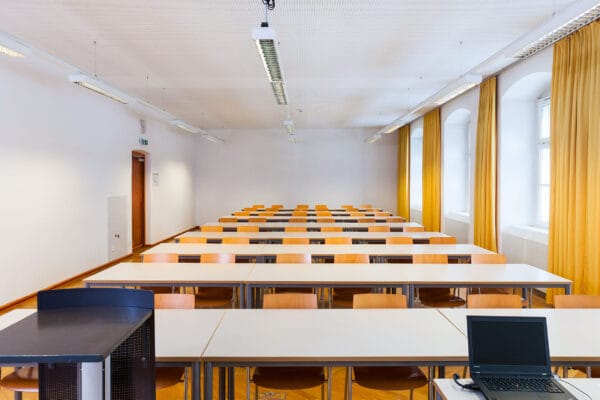
NAME:
Theologie – SR VI
BUILDING:
Theologie
FLOOR:
1
TYPE:
Seminar Room
CAPACITY:
48
ACCESS:
Only Participants
EQUIPMENT:
Beamer, PC, WLAN (Eduroam), Overhead, Flipchart, Blackboard, Handicapped Accessible, LAN, Speaker Desk
Alpine Clubs play a vital role as stewards of mountain environments, safeguarding both the natural landscape and essential infrastructure. At the heart of this network are mountain huts, high-altitude outposts, serving as both shelters and gateways to the alpine territory. However, these buildings face growing pressure from climate change, which is impacting mountain ecosystems at nearly twice the rate of urban areas. Simultaneously, increasing tourism further strains these often aging buildings, exacerbating their environmental impact and operational costs. Unlike urban infrastructure, mountain huts lack centralized data, making effective renovation strategies difficult to define. To address this, a comprehensive methodology has been developed to assess the sustainability performance of the Italian Alpine Club’s Mountain huts and support their adaptation to climate change. Developed by a strong synergy between Montana Spa, Politecnico di Milano’s Department of Architecture, Built Environment, and Construction (DABC) and CAI-Italian Alpine Club, this project introduces and discuss a preliminary test of a new sustainability rating framework developed for mountain huts. The methodology establishes a dual grading approach differentiating between technical/performance characteristics, such as wall’s insulation and wastewater treatment type, and management practices. This large-scale assessment tool ensures a balanced evaluation that aligns sustainability with the operational realities of hut management. The system seeks to reconcile financial sustainability with CAI’s commitment to environmental responsibility, seeking both economic viability and conservation values. This rating system lays the foundation for a long-term renovation strategy within a broader European legislative framework. By structuring and centralizing data, the system enables evidence-based decision-making, helping CAI define staged deep renovation plans, optimize public investment and reduce the overall mountain huts carbon footprint. Integrated into a Building Renovation Passport (BRP) approach, it empowers CAI to prioritize actions, strategically allocate resources, and enhance the resilience of mountain huts. Ultimately, this tool aims to improve the quality of the hut experience while preserving these fragile structures in a rapidly changing climate.
